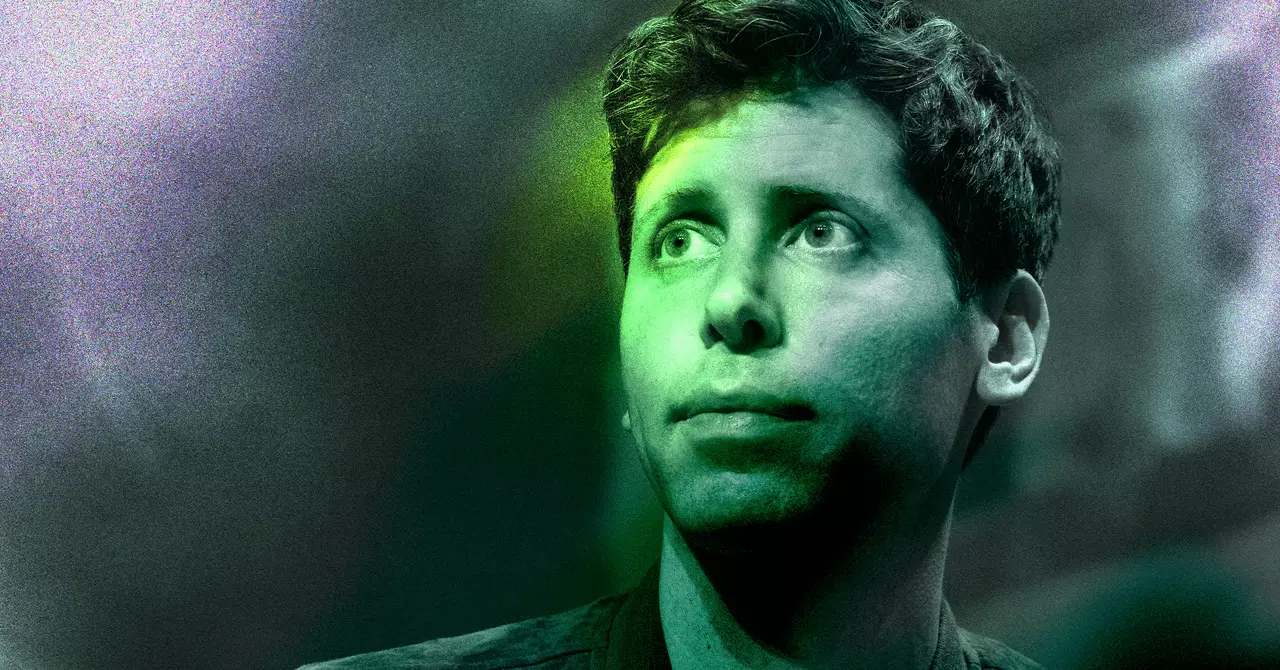In the hyper-competitive landscape of artificial intelligence, securing top-tier talent is not merely a strategy; it’s an imperative for dominance. OpenAI’s recent hiring spree serves as a clear testament to this reality. By luring four distinguished engineers from industry rivals, including Tesla, Meta, and xAI, OpenAI underscores its unwavering commitment to stay at the forefront of AI innovation. These recruitment moves are not just about filling seats; they are tactical investments in infrastructure and foundational research that could define the future trajectory of artificial general intelligence (AGI). In a realm where rapid progress and technical excellence are essential, poaching stars from competitors can dramatically accelerate a company’s capacity to push boundaries.
Behind the Curtain: The Critical Role of Infrastructure in AI Development
While consumer-facing tools like ChatGPT dominate headlines, the real backbone of AI advancement lies in robust infrastructure—a silent yet decisive element that shapes success behind the scenes. OpenAI’s new hires, with backgrounds in building massive supercomputers and scalable systems, directly bolster this core. For instance, David Lau’s experience at Tesla and Uday Ruddarraju’s work on Colossus, an enormous GPU-powered supercomputer, exemplify the kind of expertise required to develop scalable data centers and high-performance hardware systems. OpenAI’s Stargate project, a joint venture dedicated to revolutionizing AI infrastructure, clearly demonstrates that the company understands this fundamental truth: scalability and reliability of systems are critical pathways toward achieving AGI. These technical investments are as strategic as any product launch, positioning OpenAI to scale its models further, faster, and more safely.
The Growing Talent War and Industry Power Dynamics
What makes this hiring push so significant is the broader context of the ongoing war over AI talent. Major tech giants—Meta, Microsoft, and even Tesla—are escalating their efforts by offering lucrative packages to lure away critical minds from rivals. Mark Zuckerberg’s aggressive recruitment from OpenAI, along with the high-profile departures from Tesla and xAI, highlight a brutal contest for intellectual capital. OpenAI’s response, including potential reconfigurations of compensation and benefits, reflects a pragmatic acknowledgment that talent retention and acquisition are now strategic priorities—almost like a national security concern in the tech world.
This fierce competition also raises unsettling questions about the ethics and stability of the AI industry’s talent ecosystem. The movement of prominent researchers and engineers across firms fuels a cycle of rapid innovation but also stirs internal tensions, especially given the strained relationship between OpenAI and Elon Musk. Musk’s ongoing legal disputes and accusations of unfair competition add complexity to the industry’s power struggles, exposing the ideological fractures and shifting allegiances that characterize modern AI enterprise.
Implications for the Future of AI Development
The relentless pursuit of top talent reflects a broader industry belief: the key to unlocking the potential of artificial intelligence lies in scaling up both hardware and algorithms. The recent focus on foundational research and infrastructure—rather than just shiny, market-ready applications—suggests a strategic pivot among industry leaders. OpenAI’s focus on building resilient, scalable systems indicates that the race toward AGI hinges on more than just innovative algorithms; it requires an infrastructure capable of supporting increasingly complex models.
Furthermore, with firms like OpenAI and Microsoft exploring new avenues, such as expanding AI training to educational institutions, the role of infrastructure becomes even more critical. Democratizing access to AI training and computing resources could democratize innovation, dispersing the power to build AGI across a broader spectrum—an essential step in ensuring that this transformative technology benefits humanity as a whole.
OpenAI’s aggressive hiring and infrastructural ambitions symbolize a mindset that regards the development of AGI not merely as an unstoppable technological feat but as a carefully orchestrated strategic operation. The race is no longer solely about creating smarter models; it’s about building an impenetrable foundation that ensures sustained progress, security, and competitive advantage in the long run.

